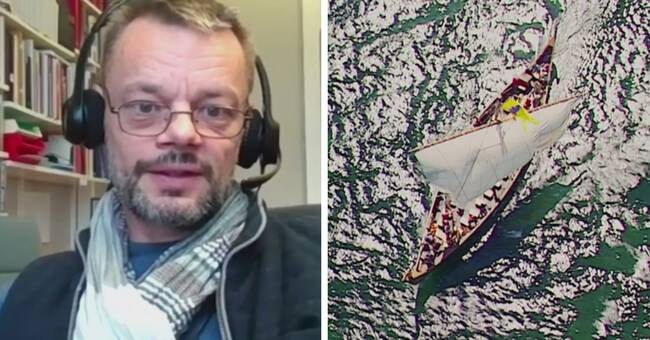It is known that the Vikings sailed long distances in the east and west. They settled in Iceland and Greenland, among other places, and landed on the American continent several hundred years before Columbus.
Researchers have now succeeded in determining the dating of their settlements in Newfoundland, Canada, using a new method. And dating, unlike previous methods, is accurate. In 1021, Vikings lived in North America, researchers write in the journal Nature.
– The discovery is very exciting, as it manages to date the settlement to a specific year. The new method of dating means a lot to archaeology, says archaeologist John Ljungqvist of Uppsala University.
Viking settlements at L’Anse aux Meadows in Newfoundland were discovered as early as the 1960s. The discovery of North America by the Vikings is described in ancient Icelandic fairy tales. But the exact date of the Vikings’ voyage across the Atlantic has not been clear to research.
An ancient solar storm reveals
Researchers at the University of Groningen in the Netherlands analyzed the effects of what they interpret as a massive solar storm in 992. They recorded a sudden increase in the number of radioactive isotopes that left traces in the wood of growing trees. There are traces that can be read in the trees that the Vikings cut down and by which they determine the exact year in which the tree was cut down.
The woodcuts that researchers have now dated originate from three different types of trees near the Viking settlement. The trees were cut down and dealt with metal leaves, a technique that was not available to the people who lived on the site when the Vikings arrived.
According to the researchers behind the study, the new method will open up new avenues for archaeological research.
In the future, this technology will give us many new exciting results, as we can obtain an accurate dating of monuments from antiquity, says John Ljungqvist.

“Falls down a lot. Internet fanatic. Proud analyst. Creator. Wannabe music lover. Introvert. Tv aficionado.”




More Stories
More than 100 Republicans rule: Trump is unfit | World
Botkyrka Municipality suspends its directors after high-profile trip to New York
Huge asteroid approaching Earth | World